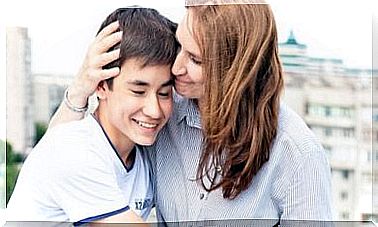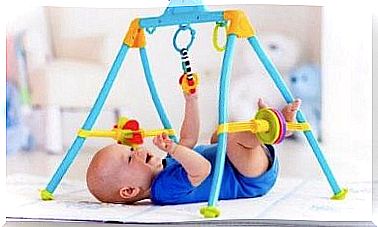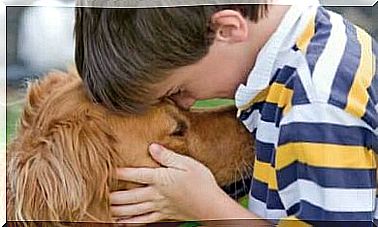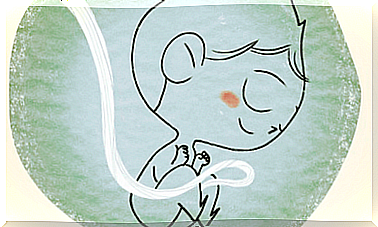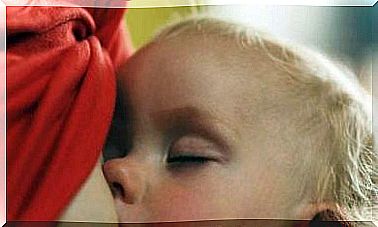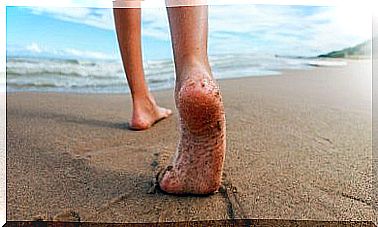What Causes A Child’s Nosebleed And How Is It Treated?
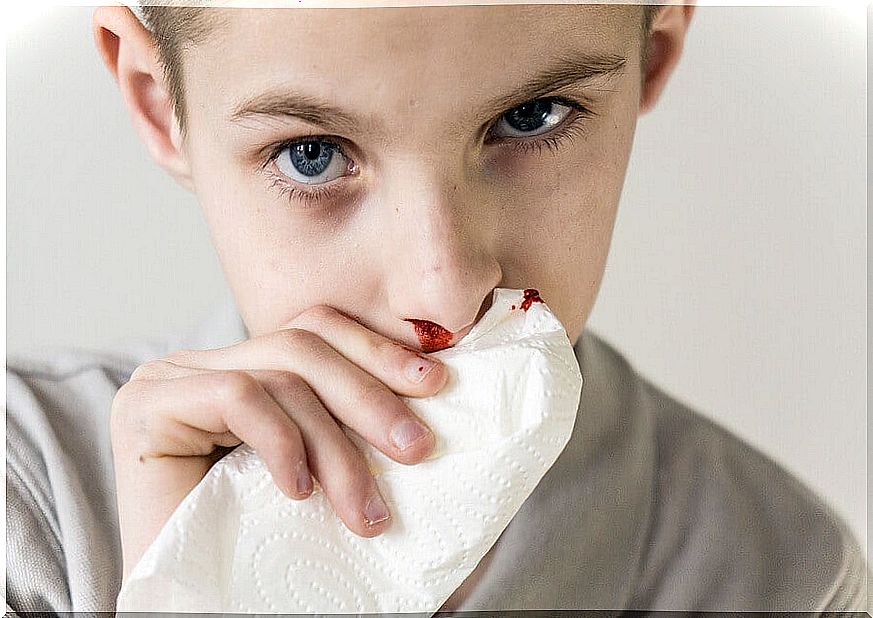
Nosebleeds can surprise both an adult and a child at any time and in any situation. While a child’s nosebleed may seem dramatic, it is usually not usually a sign of a serious problem. However, if the nosebleeds are particularly severe or recurrent, they can also be a sign of a more serious health problem, such as high blood pressure or impaired blood clotting. Excessive or prolonged bleeding can also lead to other problems, such as anemia.
What causes a child’s nosebleed?
The inside of the nose is full of small and fragile blood vessels that are easily damaged and begin to bleed. A child’s nosebleed may be the result of, for example, dry indoor air, the use of a nasal spray, or some degree of infection. Nasal bleeding may begin spontaneously as the nasal mucosa dries and ruptures. This is common in dry climates and during the winter months when the indoor air is warm and dry. Children are particularly prone to nosebleeds if they are taking anticoagulant medication. In this case, even a small stimulus can cause significant bleeding.
The most common causes of epistaxis are:
- Long stay in very dry or cold air
- Nose tightening too hard
- Digging the nose
- All kinds of hits on the nose
- Foreign object in the nose
- Various allergies
- Infection of the nose, throat or nasal cavity
- Use of certain medicines
- Various attempts at exertion, for example when suffering from constipation
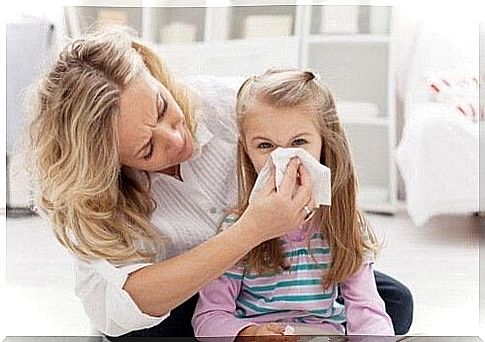
What to do if a child’s nose bleeds?
- Place the child sitting with his back straight and gently turn his head forward. Remember that turning your head back will cause blood to bleed into your throat.
- Press the leaking nostril against the septum of the nose. At the same time, make sure that the child breathes through the mouth.
- Hold your nose for about 10 minutes. If you let go too soon, the bleeding is likely to start again. You can also press the cold wrap in your nose to narrow the blood vessels.
When should you go to the doctor because of a nosebleed?
In the following situations, you should make an urgent appointment with a doctor or go to the emergency room:
- The child has recurrent epistaxis.
- Nasal bleeding is the result of a foreign object penetrating the nose.
- The child has recently started a new course of medication.
- Blood also leaks from elsewhere, such as the gums.
- The child has severe bruising all over the body.
- If the nosebleed is the result of an attack on the head area or the child suffers from a headache, weakness or dizziness.
- Nasal bleeding continues for another 10 minutes after continuous nasal depression.

Ways to prevent a child’s nosebleed
The following simple tips will help prevent minor nosebleeds:
- Keep your child’s nails short. This is to avoid damage when the child pushes his fingers into his nose.
- Keep the inside of the child’s nose moist using, for example, a nasal spray.
- Use a humidifier in your child’s room during the winter months when the indoor air is dry.
- Make sure your child has appropriate protective equipment for activities that may cause nosebleeds.

